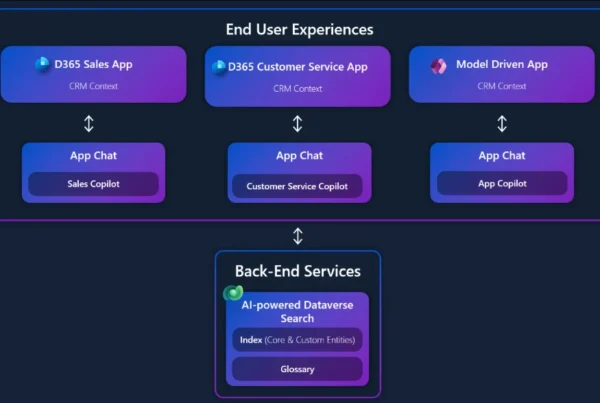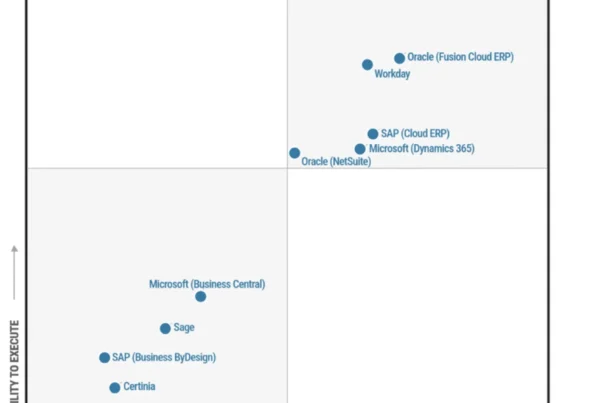
What’s one of the most persistent challenges in customer service? The last mile.
A resolution might be proposed, but what happens next often falls into a gray zone. Agents are waiting for a response, customers are going silent, SLAs are creeping past their due dates. It’s inefficient, inconsistent, and frequently unnoticed until metrics start to dip.
With the latest release, Customer Management Agent (CMA) addresses this decisively. CMA now handles follow-up and case closure in a fully autonomous way, delivering consistency, compliance, and operational clarity at scale.
From resolution to closure, without the gaps
Once a resolution is proposed, either manually or autonomously, CMA initiates a structured follow-up process:
- Confirmation outreach: CMA automatically checks in with the customer to validate if the issue has been resolved.
- SLA-aware reminders: Follow-ups are timed according to defined SLA policies and escalation thresholds.
- Closure logic: If the customer confirms resolution, or remains unresponsive beyond the configured threshold, the case is closed automatically, with full traceability.
This not only reduces the manual workload, it ensures timely and consistent case closure.
Sentiment-savvy and context-aware
Case Management Agent doesn’t just check for a response, it interprets it.
For instance:
- A “Thanks, this worked!” leads to confident closure.
- A “Still not working” escalates the case and re-engages resolution workflows.
- Ambiguous replies or no response? CMA applies retry logic and closure rules to make informed, policy-aligned decisions.
The agent operates with human-like judgment—at scale, with precision.
Controlled autonomy, by design
Autonomy doesn’t mean giving up control. With CMA, administrators have granular configuration options to tailor automation to their organization’s structure, policies, and customer expectations.
Admins can configure:
- Automation level: Fully autonomous (no human intervention), semi-autonomous (human oversight included)
- Field mappings and related entities for AI-based updates
- Follow-up and closure email templates
- Number, timing, and frequency of follow-ups
- Business rules for closure, including SLA thresholds and exception handling
This ensures autonomy serves the business, not the other way around.
Why this changes the game for your team
Autonomous follow-up and closure goes beyond efficiency:
- Reduces time and effort spent managing post-resolution tasks
- Ensures consistent, policy-compliant closure processes
- Minimizes operational overhead by eliminating unnecessary manual steps
The road ahead
As organizations scale and customer expectations continue to rise, intelligent closure will become standard, not optional. CMA delivers this capability in a way that’s flexible, reliable, and easy to govern.
Because in modern customer service, a resolved case isn’t truly complete until it’s closed, intentionally and intelligently.
Learn more
Watch a quick video introduction.
To learn more, read the documentation:






